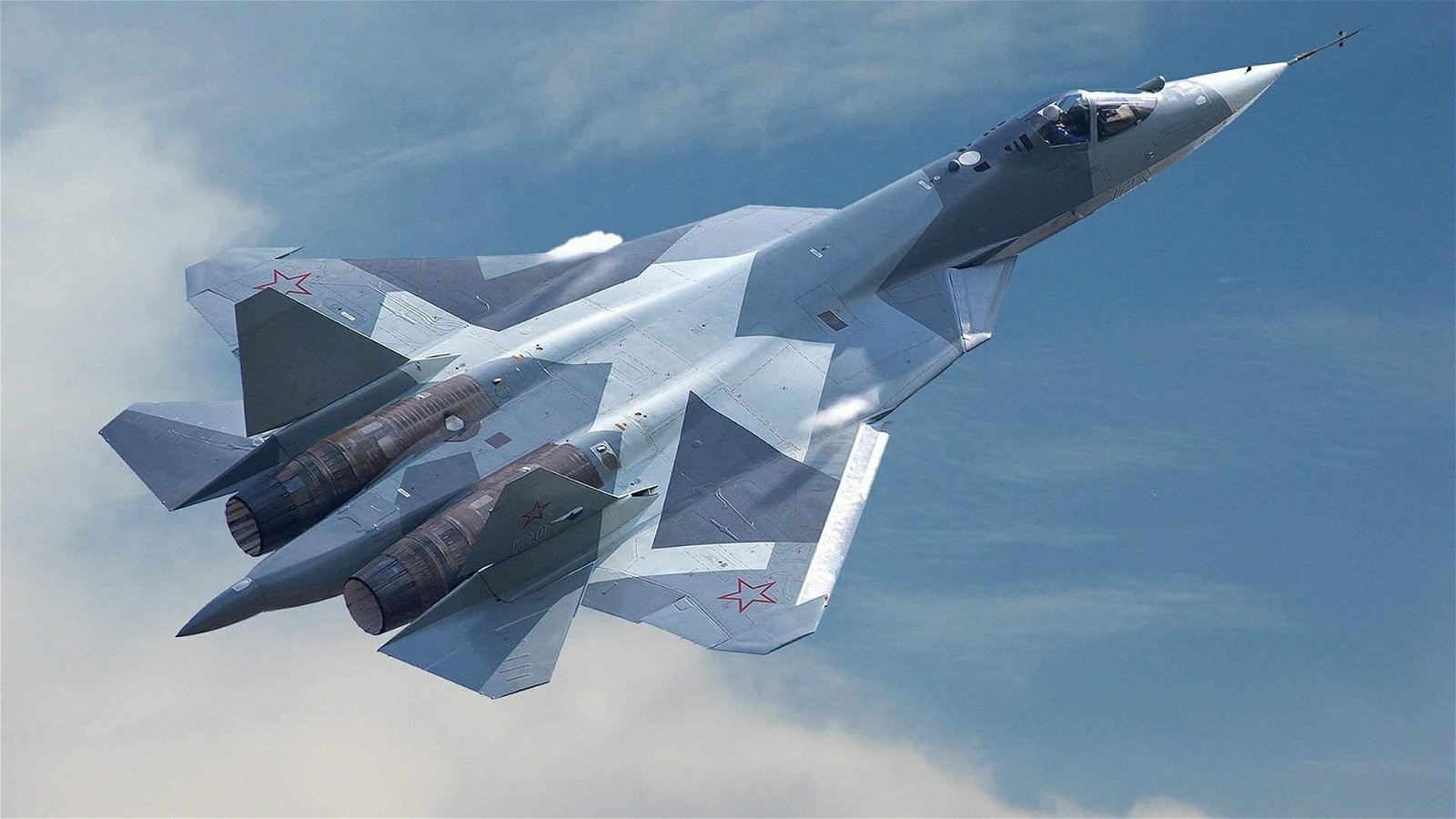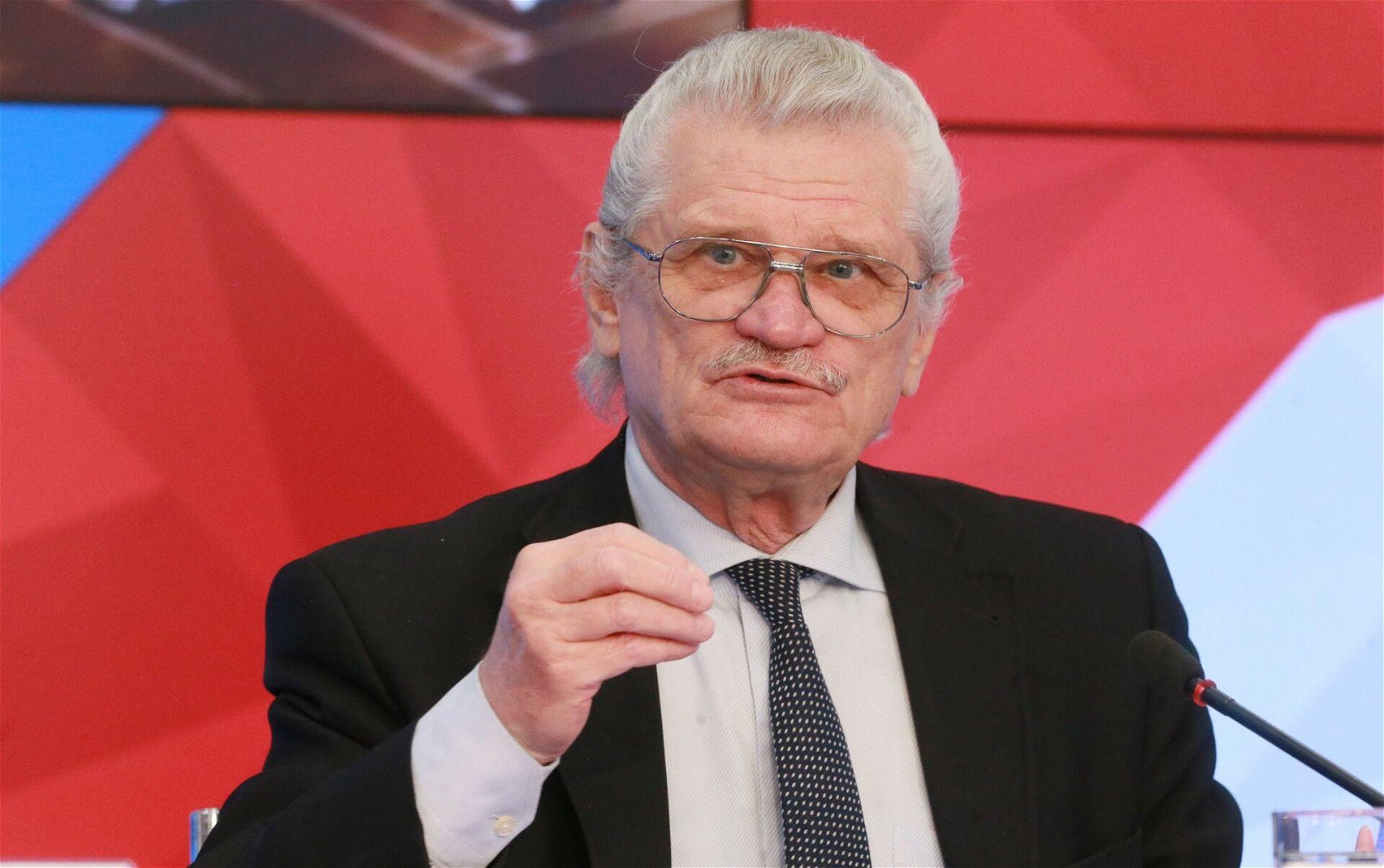What does the new military deal with Moscow mean for Tehran? Russia to upgrade Iran's air force
The other day Iranian news agency Tasnim reported that at the beginning of the next Iranian year (in March), Russian Su-35 fighters will arrive in Tehran, talks about which have been going on since October 2021. That was when the Iranian side expressed interest in buying Russian-made Su-30 and Su-35, as well as the fifth-generation Su-57.
We can assume that against the background of Iran's current failed foreign policy and geopolitical instability in the world, Tehran's attempts to strengthen military and technical cooperation with Moscow have two main goals: to somehow demonstrate opposition to the United States and the West and to try to maintain the military and political balance of power in the Middle East.
Considering that, at this stage, due to its short-sighted foreign policy, Iran's relations with its closest neighbours in the region (Azerbaijan and Türkiye) are not the most trustworthy, and its relations with the Arab countries are not at all easy, replenishing its military potential and supplying weapons of its own production to Russia is the quite profitable deal, although it promises another financial problem with the United States and its allies.

In fact, by provoking the introduction of a new package of economic sanctions, Iran is demonstrating its readiness for military contracts with regional ally Russia amid Moscow's confrontation with the West, thereby challenging Washington. Judging by the loud rhetoric of the Iranian authorities, they are trying to hastily foresee any military threat from the US and Israel. At least that seemed to be the Tehran authorities' position during US President Joe Biden's visit to Israel in July of last year. The Iranian leadership made some bold statements to Tel Aviv at the time. As the Associated Press reported in those days, President Ebrahim Raisi said Tehran would react harshly to any action by the United States and Israel if it was directed against Iran.
Later, in October 2022, after the mass riots broke out in the country because of the death of 22-year-old Mahsa Amini, IRI sent a tough message to its opponents that the US and Israel do not have enough power to split the Islamic republic. As a result, Iranian authorities have blamed the US and Western intelligence agencies for the widespread protests in the country, trying by all means to justify their own harmful internal policies.
Of course, it is possible that certain forces in the West were involved in inflaming the internal political situation in Iran, but there is no doubt that the Iranian authorities' oppressive policy, which they explain by the canons and values of Islam, was the main contributor.
At the same time, Iran could face new economic sanctions, but now against the backdrop of the Russia-Ukraine war. Unsurprisingly, Iran's permanent under-sanctions state (since 1979, the founding of the Islamic Republic) has resulted in adapting to them as much as possible, aided in no small part by the fact that the sanctions regime was formed over a period of more than a year or two, with successive tightening of sanctions. The toughest sanctions against Iran were introduced in 2012, when the US and European governments joined together to put large-scale pressure on the Iranian economy, resulting in the disconnection of Iran's entire banking system from SWIFT and secondary sanctions against the financial, banking, and industrial and other sectors.
However, the fact that sanctions have been and remain the main and, as the last decades have shown, the only leverage the US and the West have had over Iran was confirmed by a new statement on the matter by Ned Price, head of the US State Department's press service, at a briefing for journalists. Price said that Washington did not rule out imposing new sanctions against the Iranian leadership because of the military cooperation between Tehran and Moscow.
Incidentally, the US had previously expressed dissatisfaction with arms deliveries from Iran to Russia, apparently fearing that this might contribute to the military balance in the war in Ukraine. On the other hand, although Washington continues to arm Ukraine, it occasionally hints that it is running out of weapons to deliver there. Thus, back in September, CNBC TV channel, citing military experts, reported that for the United States military industry, the normal level of production of shells for 155 mm howitzers is about 30 thousand per year in peacetime, but the Ukrainian soldiers consume this amount in about two weeks. Around the same period, Military Watch Magazine wrote that Western countries had practically run out of T-72 tanks, forcing them to hand over Slovenian M-55 combat vehicles based on T-55 tanks to Kyiv.
On the other hand, it is evident to anyone that the US is interested in continuing hostilities in Ukraine until Russia's military capabilities are finally exhausted. The war, which continues under the slogan "The Great Confrontation between Russia and the West", is not ready to be lost by either side today, even though the military resources of both sides have significantly decreased. According to international experts, at the current stage of hostilities, the military reserves of the conflicting sides are almost at the same level and both sides are waging an attrition war.

However, Russia's military cooperation with Iran, though straining the West, is unlikely to seriously change the regional balance of power, including with regard to Iran's two main rivals in the Middle East - Israel and Saudi Arabia. According to experts, Russian fighter jets are capable of modernising the Iranian air fleet, but they will not be enough to seriously challenge its neighbours in the Persian Gulf. It is presumed that Iran will get an "Egyptian batch" of Su-35s first, as Cairo had to give up 20 Russian fighters due to US pressure and the threat of sanctions. However, it is quite possible that cooperation between Iran and Russia will not be limited to deliveries of Su-35 fighters and Iranian drones to Russia.
This assumption is based on the fact that Russia insisted during the nuclear talks that the UN embargo on arms supplies to Iran be lifted. And after the embargo expired in October 2020, Moscow had the opportunity to strike a military deal with Tehran, which CIA chief William Burns says poses a threat not only to Ukraine but also to Iran's regional neighbours, especially in the Middle East. He made the statement in a recent interview with the US-based PBS TV channel. At the same time, Western analysts even predict that Russia will engage not so much with Iran as a whole, but with the Islamic Revolutionary Guard Corps (IRGC), which is a very dangerous trend for the entire region.

Commenting on the military-technical deal between Russia and Iran, Vladimir Sazhin, a senior researcher at the Institute of Oriental Studies of the Russian Academy of Sciences, Ph.D. in history, said that Iran's purchase of Russian SU-35 aircraft was hardly related to the JCPOA (the Joint Comprehensive Plan of Action - a political agreement between Iran and the group of states known as 5+1, which includes Russia).
"Iran already asked Russia for these jets a few years ago. And now Iran is in luck, as this type of airborne military equipment was intended for Egypt, but it rejected them. As for changing the balance of power in the Middle East and the Caucasus, as Western analysts say, a few aircraft are not capable of upsetting the balance," Sazhin said.








